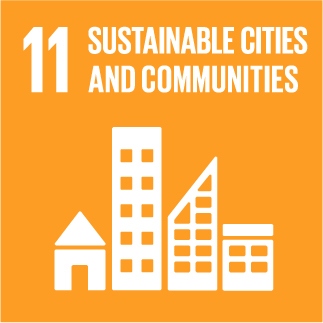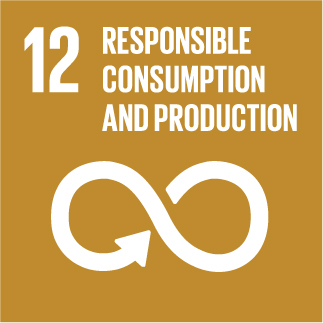URBANREC
Quality Improvement of Few-Layers Defective Graphene from Biomass and Application for H2 Generation
Pyrolysis of filmogenic natural polymers gives rise to the formation of films of few-layers defective, undoped, and doped graphenes with low electrical conductivity (3000 to 5000 ?/sq). For the sake of valorization of biomass wastes, it would be of interest to decrease the density of structural defects in order to increase the conductivity of the resulting few-layers graphene samples. In the present study, analytical and spectroscopic evidence is provided showing that by performing the pyrolysis at the optimal temperature (1100 °C), under a low percentage of H2, a significant decrease in the density of defects related to the presence of residual oxygen can be achieved. This improvement in the quality of the resulting few-layers defective graphene is reflected in a decrease by a factor of about 3 or 5 for alginic acid and chitosan, respectively, of the electrical resistance. Under optimal conditions, few-layers defective graphene films with a resistance of 1000 ? /sq were achieved. The electrode made of high-quality graphene prepared at 1100 °C under Ar/H2 achieved a H2 production of 3.62 µmol with a positive applied bias of 1.1 V under LED illumination for 16 h.

» Author: Jinbao He
» Reference: doi: 10.3390/nano9060895
» Publication Date: 19/06/2019
» More Information

This project has received funding from the European Union's Horizon 2020 research and innovation program under grant agreement Nº 690103




URBANREC Guidelines by URBANREC Consortium is licensed under a Creative Commons Reconocimiento-NonComercial-NoDerivatives 4.0 Internacional License.
Puede hallar permisos más allá de los concedidos con esta licencia en www.aimplas.net
